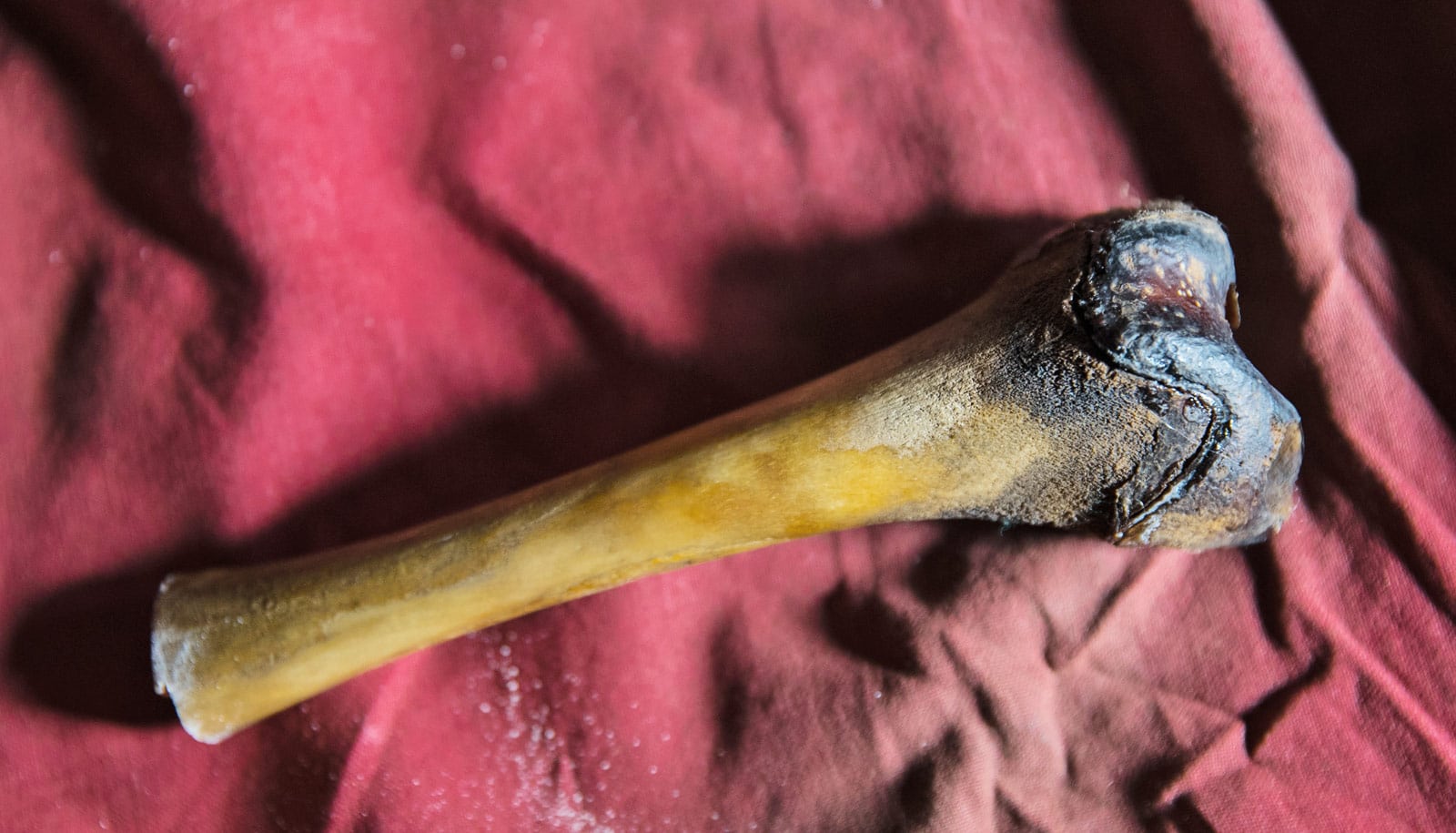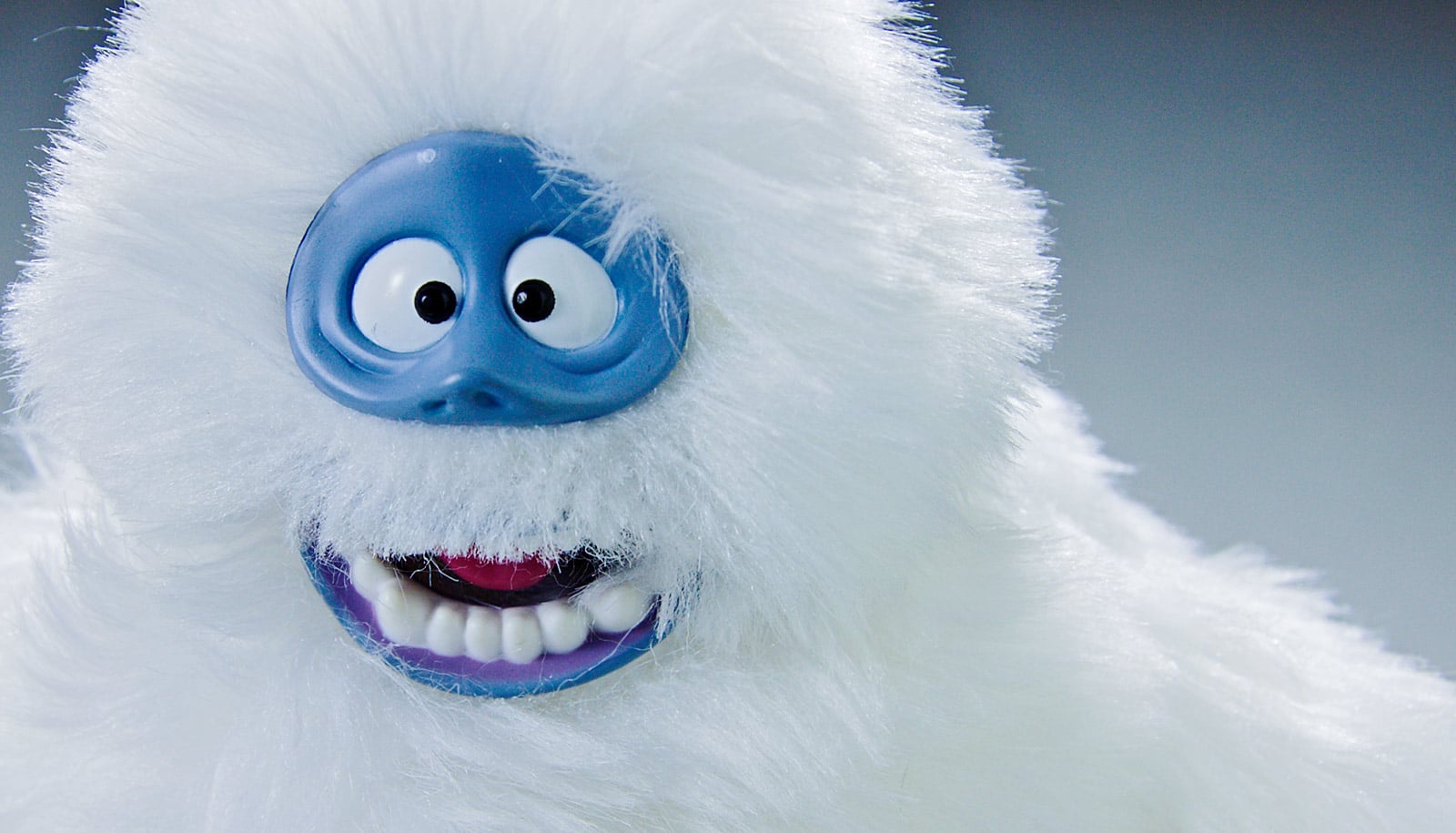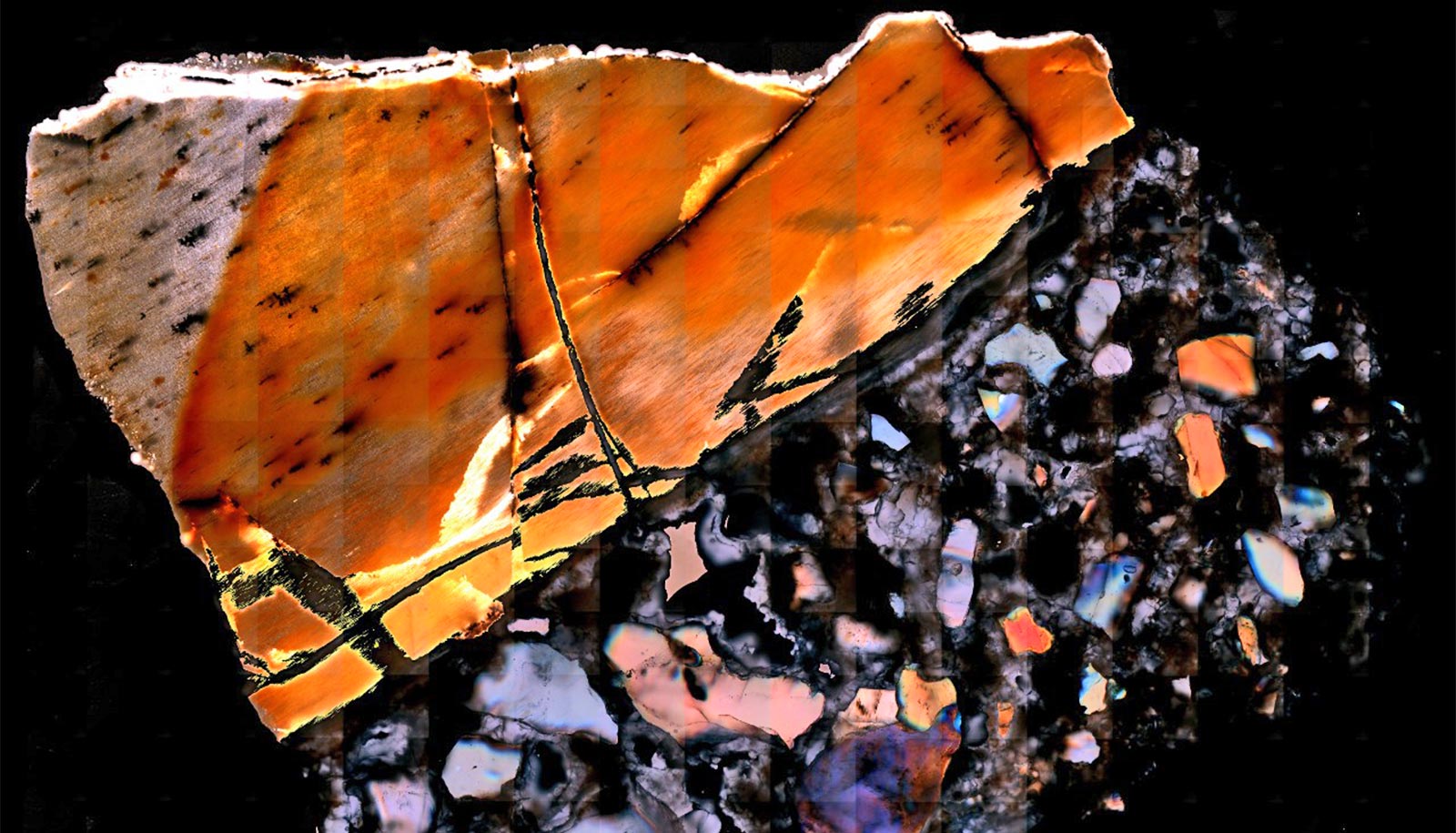People have reported sightings of Yeti or the Abominable Snowman—a mysterious, ape-like creature that looms large in the mythology of Nepal and Tibet—for centuries. Some have spotted footprints. Generation after generation have passed down stories.
Now, a new DNA study of purported Yeti samples offers insight into their origins and suggests it may all be a myth after all.
Researchers analyzed nine “Yeti” specimens, including bone, tooth, skin, hair, and fecal samples collected in the Himalayas and Tibetan Plateau. Of those, one turned out to be from a dog. The other eight were from Asian bears—one from an Asian black bear, one from a Himalayan brown bear, and the other six from Tibetan brown bears.
“Our findings strongly suggest that the biological underpinnings of the Yeti legend can be found in local bears, and our study demonstrates that genetics should be able to unravel other, similar mysteries,” says lead scientist Charlotte Lindqvist, an associate professor of biological sciences at the University at Buffalo, and a visiting associate professor at Nanyang Technological University, Singapore (NTU Singapore).
Lindqvist’s team is not the first to investigate “Yeti” DNA, but past projects ran simpler genetic analyses, which left important questions unresolved, she says.
“This study represents the most rigorous analysis to date of samples suspected to derive from anomalous or mythical ‘hominid’-like creatures,” Lindqvist and her coauthors write in the new paper in Proceedings of the Royal Society B.

Unicorns and megafauna
Science can be a useful tool in exploring the roots of myths about large and mysterious creatures, Lindqvist says.
For example, in Africa, the longstanding Western legend of an “African unicorn” was explained in the early 20th century by British researchers, who found and described the flesh-and-blood okapi, a giraffe relative that looks like a mix between that animal and a zebra and a horse.
And in Australia—where people and oversized animals may have coexisted thousands of years ago—some scholars have speculated that references to enormous animal-like creatures in Australia’s Aboriginal “Dreamtime” mythology may have drawn from ancient encounters with real megafauna or their remains, known today from Australia’s fossil record.
But while such connections remain uncertain, Lindqvist’s says her work is direct. “Clearly, a big part of the Yeti legend has to do with bears.”

Rare bears
For the study, researchers looked at samples, including a scrap of skin from the hand or paw of a “Yeti”—part of a monastic relic—and a fragment of femur bone from a decayed “Yeti” found in a cave on the Tibetan Plateau. The skin sample turned out to be from an Asian black bear, and the bone from a Tibetan brown bear.
The “Yeti” samples that Lindqvist examined came from the British production company Icon Films, which featured her in the 2016 Animal Planet special Yeti or Not, which explored the origins of the fabled being.
Beyond tracing the origins of the Yeti legend, the work is uncovering information about the evolutionary history of Asian bears.
“Bears in this region are either vulnerable or critically endangered from a conservation perspective, but not much is known about their past history,” Lindqvist says. “The Himalayan brown bears, for example, are highly endangered. Clarifying population structure and genetic diversity can help in estimating population sizes and crafting management strategies.”
The scientists sequenced the mitochondrial DNA of 23 Asian bears (including the purported Yetis), and compared this genetic data to that of other bears worldwide.
Nope, 1951 Explorers Club dinner didn’t include mammoth
This analysis showed that while Tibetan brown bears share a close common ancestry with their North American and Eurasian kin, Himalayan brown bears belong to a distinct evolutionary lineage that diverged early on from all other brown bears.
The split occurred about 650,000 years ago, during a period of glaciation. The timing suggests that expanding glaciers and the region’s mountainous geography may have caused the Himalayan bears to become separated from others, leading to a prolonged period of isolation and an independent evolutionary path.
“Further genetic research on these rare and elusive animals may help illuminate the environmental history of the region, as well as bear evolutionary history worldwide—and additional ‘Yeti’ samples could contribute to this work,” Lindqvist says.
Other researchers from University at Buffalo, SPYGEN in France, the Norwegian University of Life Sciences, Quaid-i-Azam University, and the Snow Leopard Trust Pakistan program are coauthors of the work.
Source: University at Buffalo



